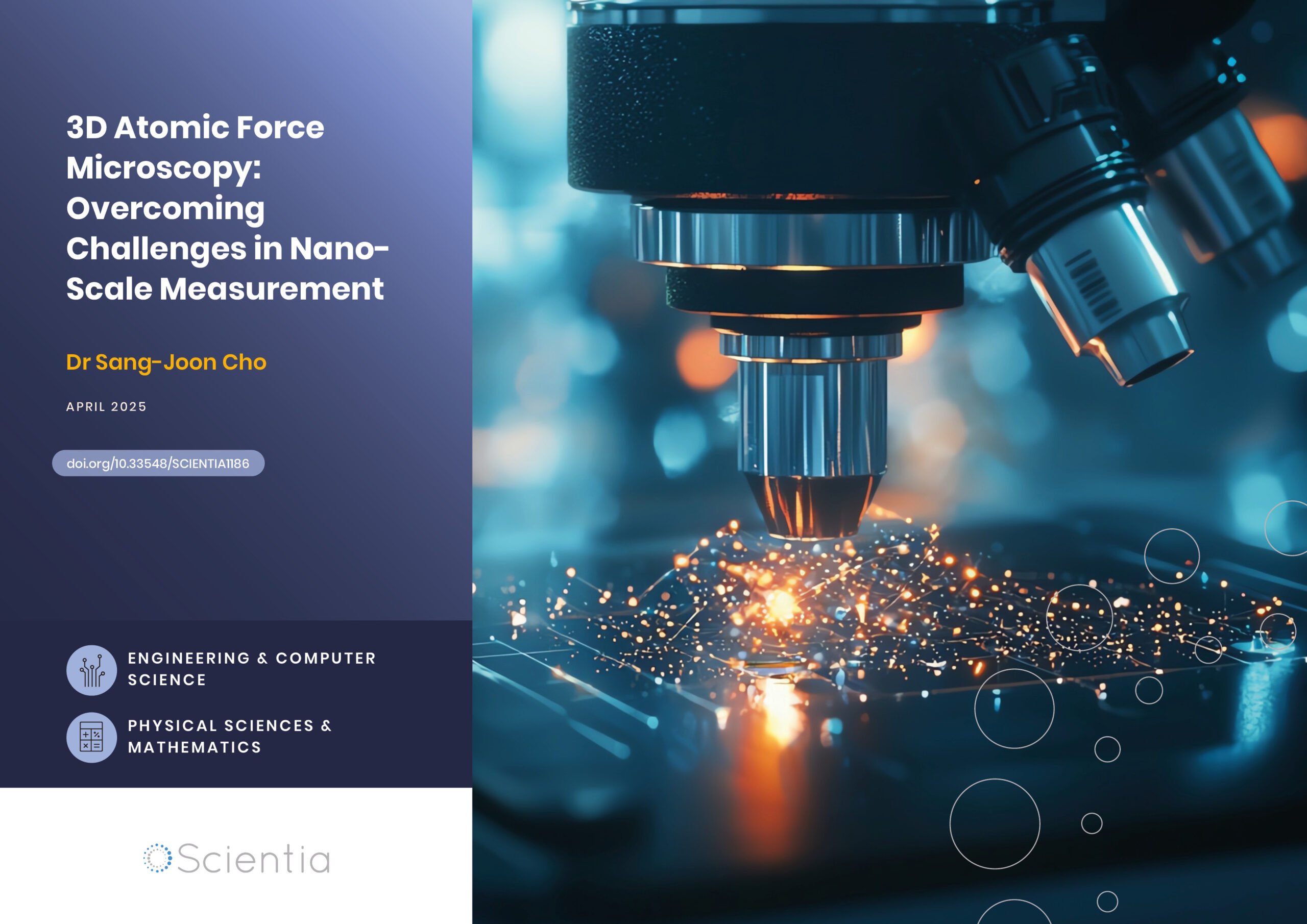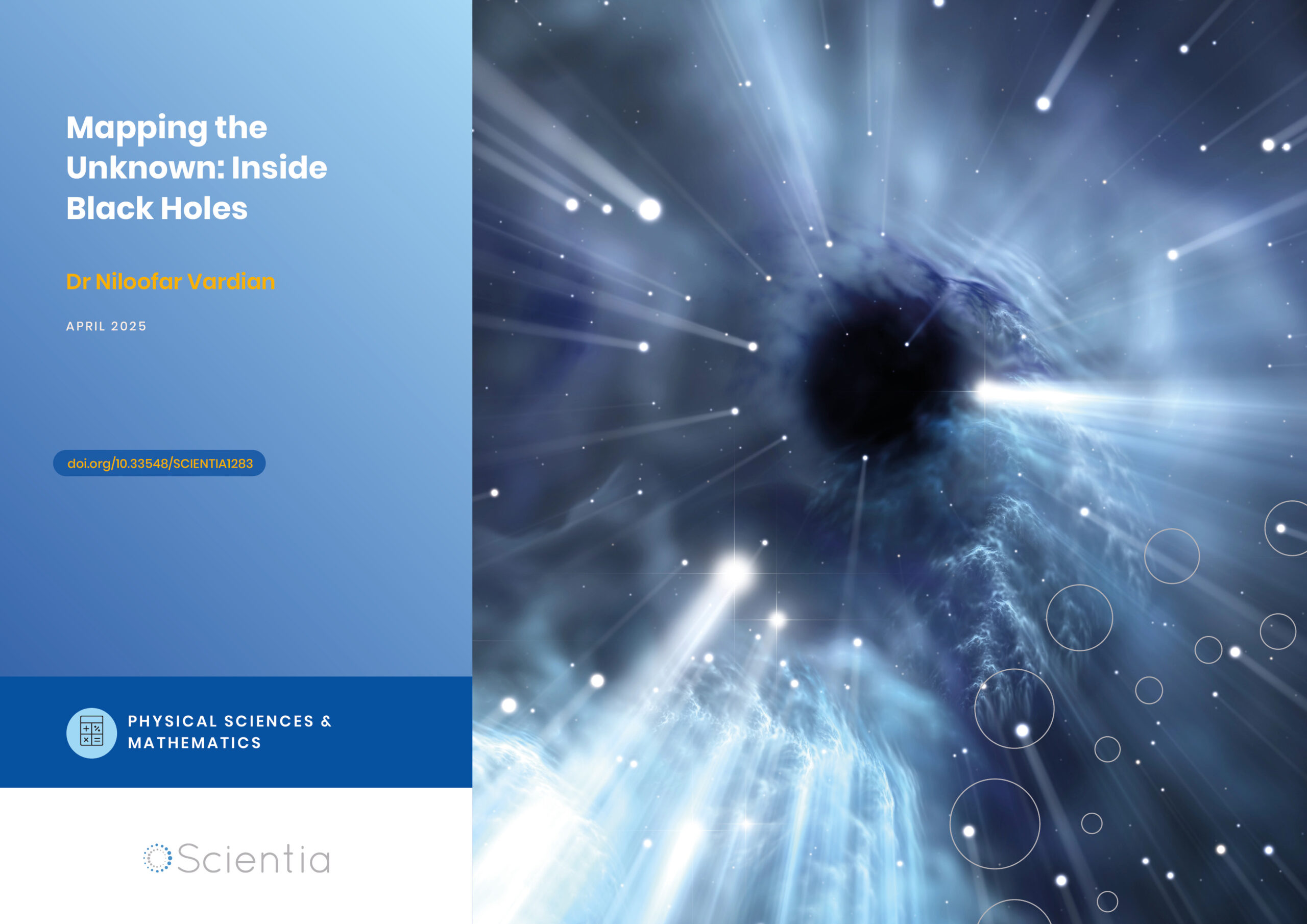Dr Tsun-Kong Sham – Dr Jiatang Chen – Dr Zou Finfrock – Dr Zhiqiang Wang | X-Rays Shine Light on Fuel Cell Catalysts
Understanding the electronic behaviour of fuel cell catalysts can be difficult using standard experimental techniques, although this knowledge is critical to their fine-tuning and optimisation. Dr Jiatang Chen at the University of Western Ontario works with colleagues to use the cutting-edge valence-to-core X-ray emission spectroscopy method to determine the precise electronic effects of altering the amounts of platinum and nickel in platinum-nickel catalysts used in fuel cells. Their research demonstrates the potential application of this technique to analysing battery materials, catalysts, and even cancer drug molecules.
Creating New Metals
If we examine the range of naturally occurring metals, all these materials have various electronic, structural, chemical, and mechanical properties. If we want to create a material for a particular purpose, sometimes it is necessary to form a combination of metals and other elements, called an alloy. These alloys can boast a range of properties that can be effectively engineered to perform a particular task, with these new characteristics differing widely from those of their individual components.
Promoting Reactions in Fuel Cells
Different alloys are used for different applications, depending on their particular properties. Proton exchange membrane fuel cells (PEMFCs) are devices that produce electrical power through a chemical reaction between a fuel, such as hydrogen, and an oxidant, like oxygen. The fuel is fed to one region of the fuel cell, while the oxidant is fed to another.
Energy States in a Catalyst
Valence electrons in atoms in any spatially confined particle can only take on certain discrete energy values, called energy states. A valence band is formed when atoms overlap in the neighbourhood. The valence states of catalysts (where the valence of an element is the number of chemical bonds that each of its atoms typically forms) essentially determine intermediate species and final products under certain conditions. This is because these states are responsible for the formation as well as the breaking of chemical bonds.
Tuning the band of valence states for Pt, or its valence band, to optimise both reactivity and selectivity is the most effective approach to Pt-based catalyst engineering. However, it can be difficult to understand specific properties of the Pt-Ni alloy valence band using conventional laboratory techniques.

New X-Ray Analysis Method
X-rays are an extremely penetrative type of radiation with a very short wavelength (if we describe light as periodic waves, this wavelength is the distance between the peaks of two adjacent waves). For over a hundred years, X-rays have been used to observe matter without destroying it, and increasingly precise X-ray-based techniques are constantly evolving.
Dr Jiatang Chen (University of Western Ontario), Dr Zou Finfrock (Argonne National Laboratory), Zhiqiang Wang (University of Western Ontario), and Tsun‑Kong Sham (University of Western Ontario) use a novel form of X-ray analysis called valence-to-core X-ray emission spectroscopy (VTC-XES) to selectively probe the electronic makeup of chemical environments. The researchers employed the highly tuneable X-rays produced by a synchrotron (a machine used to accelerate charged particles that give off strong bursts of X-rays) to detect the valence states of specific elements in Pt-Ni alloys.
Traditional valence characterisation methods can only detect the total valence bands of Pt-Ni alloys. As Dr Chen explains, ‘VTC-XES not only detects the valence states but with elemental specificity… This is important because in a compound, all elements contribute to the valence states but not all function equally in a chemical reaction.’
Effects of Strain and Nearest Neighbours
Dr Chen and his colleagues used VTC-XES to examine the changes in Pt valence states in Pt-Ni alloys composed of various amounts of Pt and Ni. This provided them with direct experimental evidence for certain behaviours of Pt valence electrons in the valence band when alloyed with Ni.
This is the first experimental study showing the interplay between compressive strain arising from the smaller size of an Ni atom compared to Pt, which results in shorter Pt–Pt bonds in the compressed alloy, and the effect of Ni as a nearest neighbour of Pt, which reduces the total number of Pt–Pt neighbours.
The researchers discovered broader valence bands than that of pure Pt for alloys containing either a higher ratio of Pt to Ni atoms, or an equal ratio of Pt to Ni. This happened because compressive strain overcompensated the effect of Pt dilution. In contrast, the valence bands of alloys containing a higher ratio of Ni were narrower. The overall trend observed by the researchers is consistent with previous results indicating a shift in the Pt valence band when alloyed with Ni. They believe these changes have a crucial impact on chemical activity when Pt-Ni alloys are used as catalysts.
A Precise and Diverse Technique
The researchers demonstrated that VTC-XES is a powerful method for studying the precise valence band properties of metals and alloys. They continue to fine-tune their technique, which is especially useful for complicated systems such as Pt-based catalysts, and in studies on working fuel cells, where the valence band of an alloy could be altered by variable chemical and physical conditions. The superior capability of VTC-XES allows its application to an exciting and diverse range of chemical compounds that contain transition metals, including battery materials, catalysts, and even cancer drug molecules.
SHARE
DOWNLOAD E-BOOK
REFERENCE
https://doi.org/10.33548/SCIENTIA1029
MEET THE RESEARCHERS

Dr Tsun-Kong Sham
University of Western Ontario
Ontario
Canada
Dr Tsun-Kong Sham completed his BSc at the Chinese University of Hong Kong and his PhD at the University of Western Ontario. After a decade at Brookhaven National Laboratory, he returned to Western, where he remains today. In addition to the title of Distinguished University Professor, he is also the Canada Research Chair and the Director of Soochow – Western Centre for Synchrotron Radiation. His illustrious career has resulted in many awards, including the Hellmuth Prize for Achievement in Research at Western University in 2017 and the Chemical Institute of Canada Montreal Medal in 2023. In addition, he is an Officer of the Order of Canada in recognition of outstanding achievement, dedication to the community, and service to the nation, and a Fellow of the Royal Society of Canada.
CONTACT
E: tsham@uwo.ca
W: http://tsham.chem.uwo.ca/index.html

Dr Jiatang Chen
Cornell High Energy Synchrotron Source
Cornell University
Ithaca, NY
USA
Dr Jiatang Chen obtained his BSc in Energy Engineering at Zhejiang University, China, in 2010, and in 2015, he completed his MSc in Mechanical Engineering at Texas A&M University. In 2020, Dr Chen obtained his PhD in Chemistry at the University of Western Ontario, and is currently a Postdoctoral Associate at Cornell University.
CONTACT

Dr Zou Finfrock
X-Ray Science Division
Argonne National Laboratory
Lemont, IL
USA
Dr Zhou Finfrock completed her PhD in Physics in 2006 at Ehime University in Japan. Following a series of scientist positions at Canadian Light Source in Canada, she is currently a physicist at Argonne National Laboratory. She has published more than 80 peer-reviewed publications to date.
CONTACT
E: zfinfrock@anl.gov
W: https://www.anl.gov/profile/zou-finfrock
T: @argonne

Dr Zhiqiang Wang
University of Western Ontario
Ontario
Canada
Dr Zhiqiang Wang completed his BSc at Wuhan University of Science and Technology, China, in 2005, followed by an MSc in Physics at Nanjing University, China, in 2007. In 2010, he completed his PhD at the same institution. He is now a Research Associate at the University of Western Ontario.
CONTACT
E: zwang443@uwo.ca
W: https://publish.uwo.ca/~zwang443/
FUNDING
Research at the University of Western Ontario (UWO) is supported by the Natural Sciences and Engineering Research Council of Canada (RGPIN-2019-05926), Canada Foundation for Innovation, OIT, Ontario Ministry of Research and Innovation and Canada Research Chairs Program (TKS). This research used resources from the Advanced Photon Source, an Office of Science User Facility operated by the United States Department of Energy (DOE) Office of Science by Argonne National Laboratory, and was supported by the United States DOE under Contract No. DE-AC02-06CH11357, as well as the Canadian Light Source and its funding partners.
FURTHER READING
J Chen, YZ Finfrock, Z Wang, TK Sham, Strain and ligand effects in Pt-Ni alloys studied by valence-to-core X-ray emission spectroscopy, Scientific Reports, 2021, 11, 13698. DOI: https://doi.org/10.1038/s41598-021-93068-0
REPUBLISH OUR ARTICLES
We encourage all formats of sharing and republishing of our articles. Whether you want to host on your website, publication or blog, we welcome this. Find out more
Creative Commons Licence (CC BY 4.0)
This work is licensed under a Creative Commons Attribution 4.0 International License. 
What does this mean?
Share: You can copy and redistribute the material in any medium or format
Adapt: You can change, and build upon the material for any purpose, even commercially.
Credit: You must give appropriate credit, provide a link to the license, and indicate if changes were made.
SUBSCRIBE NOW
Follow Us
MORE ARTICLES YOU MAY LIKE
Calculating Steering Friction: Essential Engineering for Military Aircraft Safety
The safe operation of military training aircraft depends on precise engineering calculations that most of us never consider. Dr Bogdan Adrian Nicolin and Dr Ilie Nicolin from the National Institute for Aerospace Research in Romania have developed sophisticated methods to calculate the steering friction moment in military aircraft. This critical engineering parameter ensures that pilots can safely control aircraft during taxiing, take-off, and landing – making their work essential for both pilot training and flight safety.
Dr Sang-Joon Cho | 3D Atomic Force Microscopy: Overcoming Challenges in Nano-Scale Measurement
Nano-scale imaging and measurement are crucial for the development of new gadgets – from the latest phones to advanced drug discovery technologies. Dr Sang-Joon Cho and his team at Park Systems Corporation have developed a new approach to measuring and characterising microscopic components, offering exciting potential to accelerate advancements in the technologies essential to the modern world.
Dr Niloofar Vardian | Mapping the Unknown: Inside Black Holes
Dr Niloofar Vardian at the SISSA school has advanced our understanding of black hole interiors through precise mathematical modelling. Her recent publication sheds light on previously inaccessible aspects of black hole dynamics, deepening our knowledge of these mysterious and difficult-to-study phenomena.
Dr Ying Zou | A New Type of Space Storm: The Extraordinary Auroral Event of April 2023
Space weather events can have dramatic effects on Earth’s magnetic field, potentially disrupting everything from power grids to GPS systems. Dr Ying Zou and her colleagues Dr Jesper Gjerloev and Shin Ohtani from Johns Hopkins University Applied Physics Laboratory led a groundbreaking investigation into an extraordinary disturbance in Earth’s magnetic field that occurred in April 2023. This unprecedented event is reshaping our understanding of how solar activity can trigger extreme space weather that impacts our technological systems.





